Master Makeup Techniques While Prioritizing Eye Health
In the ever-evolving world of beauty, a significant challenge emerges for many women: how to achieve a flawless makeup look without compromising their eye health. As makeup aficionados refine their skills in applying winged eyeliner, volumizing mascara, and creating stunning smoky eyes, more individuals find themselves facing an unexpected obstacle—dry eye syndrome.
This condition arises when the eyes either fail to produce sufficient tears or when the tears produced are of inadequate quality, necessitating a thoughtful reassessment of makeup routines. The discomfort and irritation that accompany this syndrome can lead some individuals to abandon makeup altogether, which is particularly troubling for those who wish to express their creativity and individuality through cosmetics.
Introducing ÈYES ARE THE STORY: Where Science Meets Beauty Innovation
Leading the charge in this transformative movement is ÈYES ARE THE STORY, a groundbreaking brand that artfully integrates scientific research with innovative beauty products. The inspiring journey of founder Amy Gallant Sullivan not only highlights her unwavering commitment to eye health but also reflects her family's significant contributions to this critical field.
Amy grew up in a healthcare-oriented family, nurturing her early passion for the intricacies of ocular science. Her father, David A. Sullivan, served as an Associate Professor of Ophthalmology at Harvard Medical School, while her brother, Benjamin D. Sullivan, played a crucial role in establishing TearLab, now recognized as ScoutPro under Trukera Medical.
Furthermore, her mother, Rose, an intensive care nurse, offers invaluable expertise regarding conditions such as dry eye disease (DED) and meibomian gland dysfunction (MGD).
Growing up surrounded by discussions about eye health significantly enhanced her awareness of ocular surface disease (OSD) and its broader implications. It was during her active participation with the Tear Film & Ocular Surface Society (TFOS) that Amy recognized the urgent need for consumer products that prioritize eye safety and comfort.
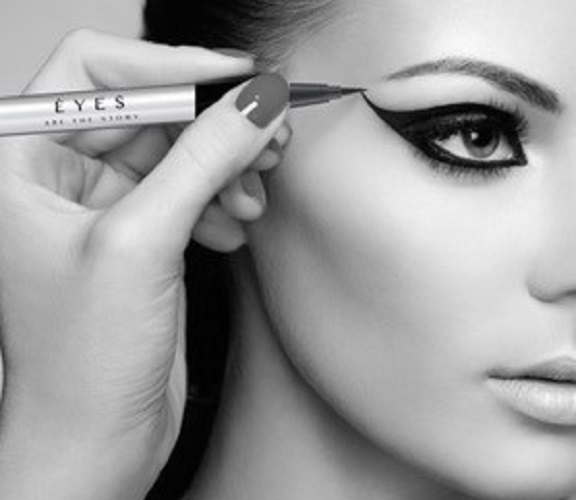
Unveiling the Gender Gap in Dry Eye Disease: A Closer Look
A turning point in Amy’s career occurred when she discovered that dry eye disease affects women nearly twice as often as men. This revelation prompted an essential inquiry: What activities are predominantly associated with women compared to men?
The answer is unequivocal—cosmetic usage. Studies indicate that women utilize an average of 12 beauty products each day, while men generally use around six.
As Amy continued her investigation, she unearthed alarming insights regarding the ingredients prevalent in cosmetics.
For instance, benzalkonium chloride (BAK), a preservative frequently found in glaucoma treatments, is also present in numerous cosmetic formulations, including eye makeup.
Even more concerning is that the permissible concentration of BAK in cosmetics can be thousands of times higher than in glaucoma medications, raising significant questions about the safety of these products for those with sensitive eyes.
This startling discovery propelled Amy into an extensive two-decade research endeavor to investigate the connections between cosmetics and dry eye syndrome. Her commitment culminated in the launch of ÈYES ARE THE STORY—a revolutionary line of cosmetics and skincare specifically designed for individuals with sensitive eyes. Amy coined the term “optocosmetics” to signify this innovative blend of beauty and pharmaceutical science that places a premium on eye safety.
Recognizing Dry Eye Syndrome: Common Symptoms and Root Causes
What exactly is dry eye syndrome, and why is its prevalence on the rise?
This syndrome develops when the eyes are unable to produce enough quality tears for adequate lubrication or when they struggle to retain tears on the surface of the eye.
This condition can present itself through a variety of uncomfortable symptoms, including:
- Stinging or burning sensations in the eyes
- A gritty or sandy feeling in the eyes
- Redness and irritation
- Blurred vision
- Increased sensitivity to light
- Challenges in comfortably wearing contact lenses
Analyzing the Complex Relationship Between Cosmetics and Dry Eye Syndrome
The connection between makeup and dry eyes is intricate and multifaceted. Those dazzling eyeshadows we adore? The minuscule particles can infiltrate the tear film, leading to irritation and discomfort.
As for the mascara that enhances our lashes? It may harbor bacteria that exacerbate eye discomfort. Moreover, the act of applying and removing eye makeup can disturb the fragile tear film, which is essential for maintaining eye health and lubrication.
Understanding Why Women Are More Susceptible to Dry Eye Syndrome
Women are at a heightened risk of developing dry eyes due to several underlying factors. Hormonal fluctuations throughout their lives, particularly during menopause, can significantly impact tear production.
Additionally, the prevalence of autoimmune disorders such as Sjögren’s syndrome is markedly higher among women, further complicating the issue. Most importantly, the frequent application of eye makeup and the rising trend of using false lashes can disrupt the delicate balance necessary for optimal eye health.
The Article Cosmetics for Dry Eyes: Makeup Tips for Sensitive Skin Was Found On https://limitsofstrategy.com
The Article Makeup Tips for Sensitive Skin: Cosmetics for Dry Eyes First Appeared ON
: https://ad4sc.com

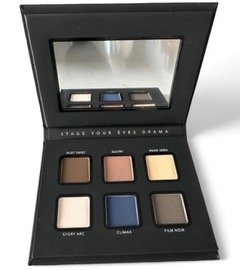
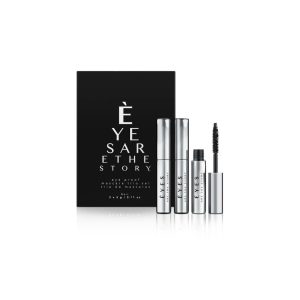
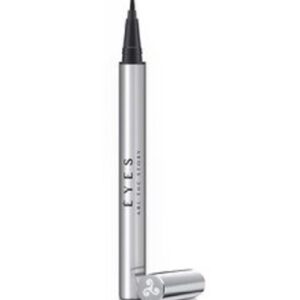
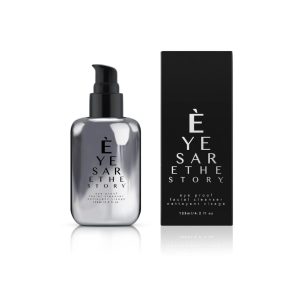
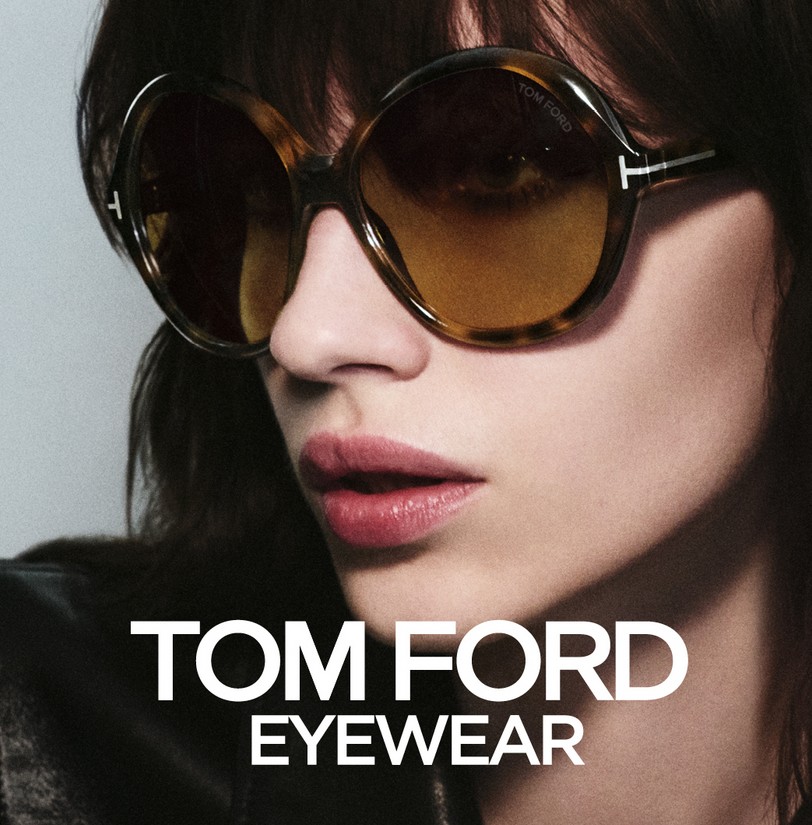
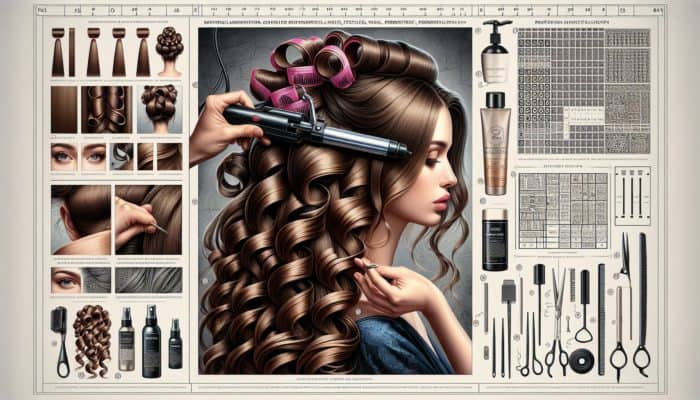
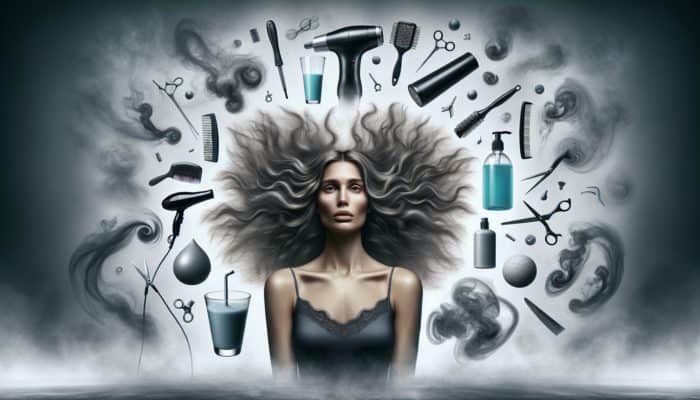
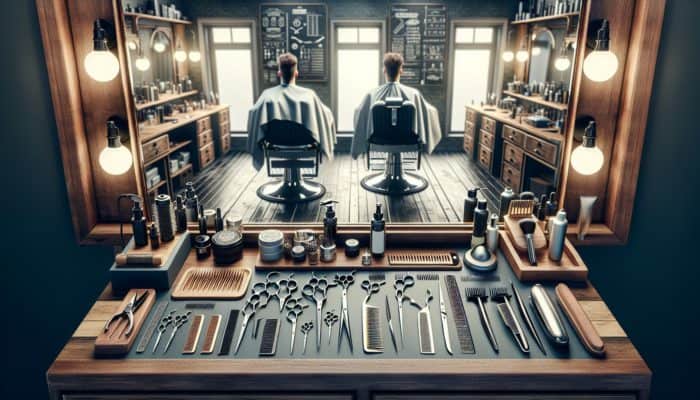

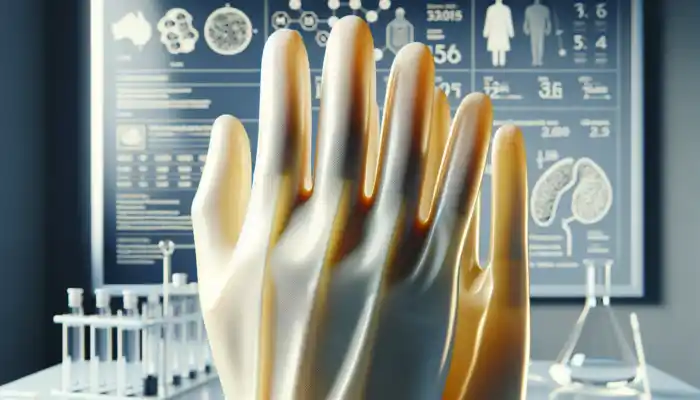



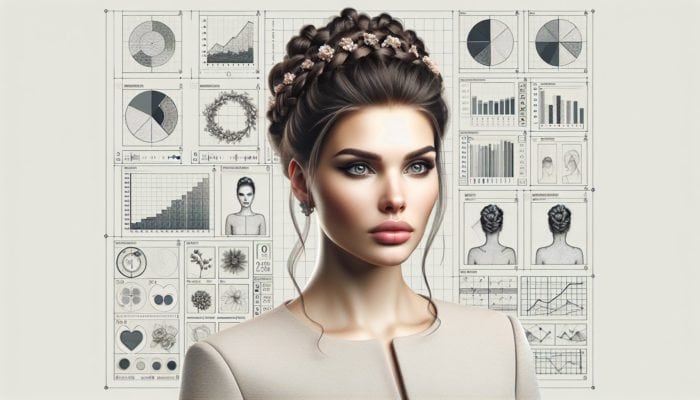



Rey Lamine
Your exploration of the intersection between makeup artistry and eye health resonates deeply with many individuals who share the passion for cosmetics yet face the challenge of maintaining eye comfort and health. Personally, I’ve navigated similar waters as I’ve experimented with various products and techniques over the years, only to realize that what might enhance my creative expression could simultaneously aggravate my sensitive eyes.